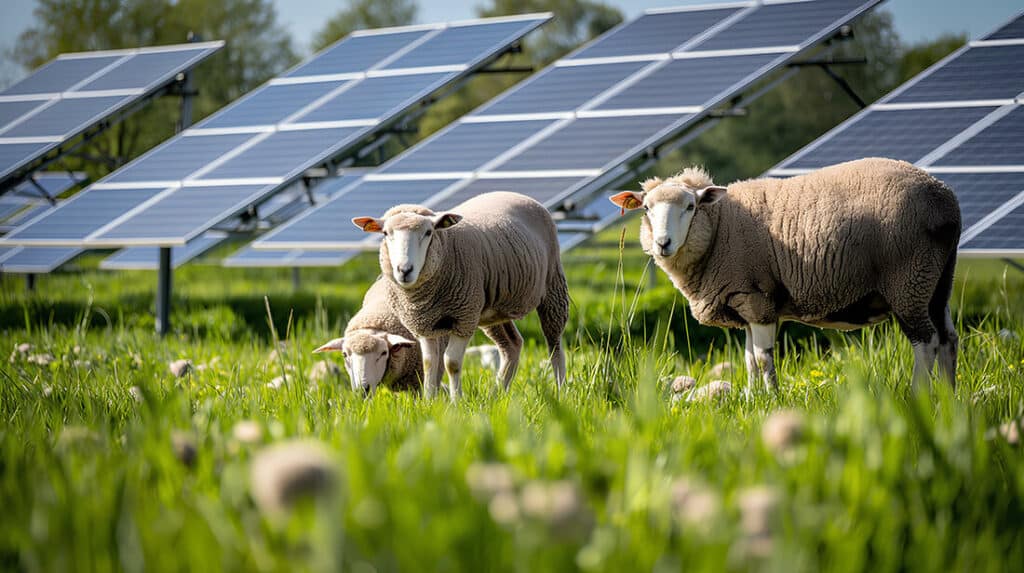The Channel Island’s £5m Solar Farm
The Channel Island’s £5m solar farm is to be complete by the end of 2024. Jersey Electricity (JE) has said it will provide green electricity to 600 – 700 homes.
This farm will be located on a 11-acre site where it will accommodate around 7,500 solar panels to distribute through the island’s grid network. The 4.3 MegaWatt installation in St Clement is said to help drive down energy costs whilst producing new energy production solutions.
How Do Solar Farms Work?
Solar farms work by converting sunlight into electricity. This is done using solar panels, which consist of photovoltaic cells made from materials like silicon. These cells generate electricity when exposed to sunlight through the photovoltaic effect—a process where light photons knock electrons loose from atoms, creating a flow of electricity.
In the case of large-scale solar farms like the one in Jersey, this electricity is then fed into the island’s grid, where it can be distributed to local homes and businesses.
Solar farms differ from residential solar panels mainly in scale, as they produce energy in bulk to supply entire communities or regions. The solar panels in a solar farm are typically ground-mounted in large, open areas to maximise sunlight exposure throughout the day.
What Are The Benefits Of Solar Farms?
Solar farms offer several significant advantages for both the environment and local communities:
- Clean, Renewable Energy: Solar farms harness energy from the sun, a renewable resource, meaning they do not deplete finite resources like fossil fuels. This reduces the island’s dependence on imported energy and cuts down on greenhouse gas emissions.
- Reduced Carbon Footprint: By replacing energy generated from fossil fuels, solar farms help lower CO2 emissions. This is essential for tackling climate change and improving air quality, making the island more sustainable for future generations.
- Lower Energy Costs: As solar farms generate electricity at a lower cost once the infrastructure is installed, they help reduce overall energy costs for consumers. In Jersey’s case, the solar farm is expected to contribute to lowering energy bills for the island’s residents.
- Energy Independence: Large-scale solar farms can make regions less reliant on external energy sources, improving energy security. For The Channel Islands, this means less reliance on imported energy, increasing self-sufficiency.
- Job Creation and Local Economy: Solar projects can create jobs during the construction, operation, and maintenance phases, providing a boost to the local economy. Additionally, businesses supplying solar components and services may benefit from increased demand.
- Land Use Efficiency: Solar farms make productive use of otherwise underutilised land, such as land unsuitable for agriculture or development. By installing solar panels on large plots, these areas can contribute to the island’s renewable energy output.
- Scalability and Flexibility: Solar farms can be easily expanded to meet growing energy needs or technological advancements. As renewable energy demand rises, the infrastructure can scale up to accommodate increased capacity.
Jersey’s new solar farm represents a key step toward a more sustainable and resilient energy system. As the Channel Islands look to embrace renewable energy sources, this installation will play a vital role in reducing carbon emissions and fostering a greener future for the community.
When solar farms come to the end of their life, decommissioning takes place. We can help businesses dispose of and recycle large volumes of solar panels, creating a sustainable solution throughout the solar panels lifecycle.

